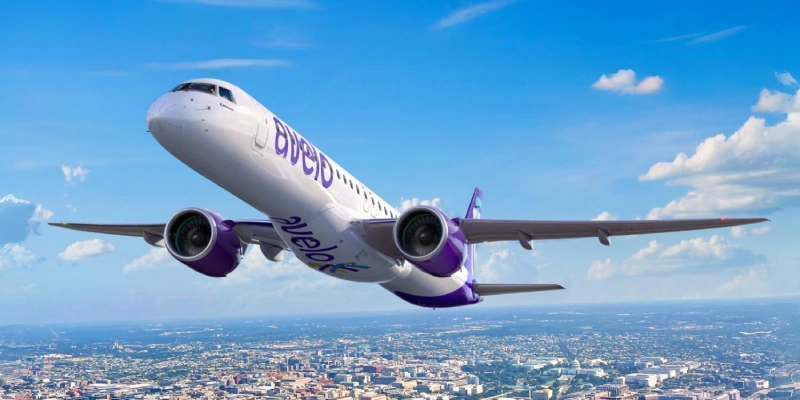The International Council of Airports (ACI World) unveiled the 2024 ranking of the world’s busiest airports on Monday, against a backdrop of geopolitical tensions and economic challenges. Despite these factors, the leading aviation hubs not only maintained their positions but also saw significant growth, reinforcing their pivotal role in global connectivity and trade.
According to preliminary figures, global passenger traffic reached 9.5 billion, marking a 9% increase compared to 2023 and a 3.8% rise above pre-pandemic levels (2019). The top 10 busiest airports accounted for 9% of global traffic, handling 855 million passengers—an 8.8% year-over-year increase and an 8.4% growth compared to 2019.
Top 10 Busiest Airports by Passenger Traffic in 2024

Shanghai Soars
The standout performer of the year was Shanghai Pudong, which climbed from 21st to 10th place. This remarkable ascent is attributed to relaxed visa policies, the resumption and expansion of international flights, operational improvements, and a robust recovery of the aviation sector in the Asia-Pacific region, particularly in China.
New Global Players Gain Ground
Airports like Istanbul and New Delhi continue to solidify their positions as major aviation hubs. Both have shown significant progress since 2019, driven by airline growth, infrastructure investments, and enhanced international connectivity.
Top 10 Airports by International Passenger Traffic in 2024

Air Cargo: E-Commerce Boom and Maritime Disruptions
Global air cargo volume in 2024 exceeded 124 million metric tons, an 8.4% increase compared to 2023 and 3.9% above 2019 levels. The top 10 airports in this segment handled 26% of global volume, moving 32.3 million tons—a 9.3% annual rise.
This growth was primarily fueled by high e-commerce demand, challenges in maritime shipping, and lower jet fuel prices.
Hong Kong led in cargo throughput, followed by Shanghai Pudong and Memphis.
Aircraft Movements: Stability and Slight Recovery Compared to 2019
Globally, there were approximately 100 million aircraft movements in 2024, a 4.3% increase from the previous year, representing a 97.4% recovery compared to 2019.
The ten busiest airports recorded 6.4 million movements, a 6.5% year-over-year growth and a marginal 0.4% improvement over pre-pandemic levels.
Atlanta’s airport topped this category once again, followed by Chicago O’Hare and Dallas Fort Worth.
Challenges and Projections for 2025
Despite the sector’s dynamism, aviation continues to face structural challenges. Geopolitical tensions, capacity constraints, bottlenecks in aircraft production, and global economic uncertainty could slow growth.
ACI World projects global passenger traffic will reach 9.9 billion in 2025, with a more moderate annual growth rate of 4.8%, signaling a transition from recovery to structural expansion.
The airport industry must focus on ensuring financial viability, investing in infrastructure, improving operational efficiency, and advancing sustainability to sustain future growth.
Related Topics
JetBlue Strengthens Its Leadership in Fort Lauderdale with New Routes to Latin America, Caribbean, and Within U.S.
Avelo Airlines Orders Up to 100 Embraer E195-E2, Becomes First U.S. Operator of Model
JetBlue Retires Its Last Embraer E190 and Completes Transition to Airbus A220-300
Emirates Expands Premium Economy Cabin to All Airbus A380 Flights to New York

Un apasionado por la aviación, Fundador y CEO de Aviación al Día.




